I stood on the old planked dock gazing out from the Kingston, Ontario, shore onto the Cataraqui River. The sky was clear and blue but for a few cumulus clouds, the late morning was a comfortable temperature for late August, and the light breeze made a few ripples on the river’s dark blue surface. The far shore seemed quite distant but was in fact less than a half-mile away. I could plainly see the trees lining the shore with the few apartment buildings peeking out. Not wall-to-wall buildings as you would expect in a city, but very rural with a wooded shoreline. To my right, downstream, I could see under the Kingston-LaSalle Causeway to the city harbor and beyond it out into Lake Ontario. I was at the south end of the Rideau Canal system, a 125-mile-long series of interconnecting lakes, rivers, locks, and hand-dug canals that has connected Lake Ontario to the capital city of Ottawa since 1832. It was getting late in the morning but SOL CANADA, the 18 1/2′ solar-powered cruiser I built, was finally ready to depart from the Kingston Marina’s dock, beginning my journey up the Rideau Canal system. I’d rely on the solar panels on the canopy to supply the only power I’d use to cover the 125 miles to Ottawa.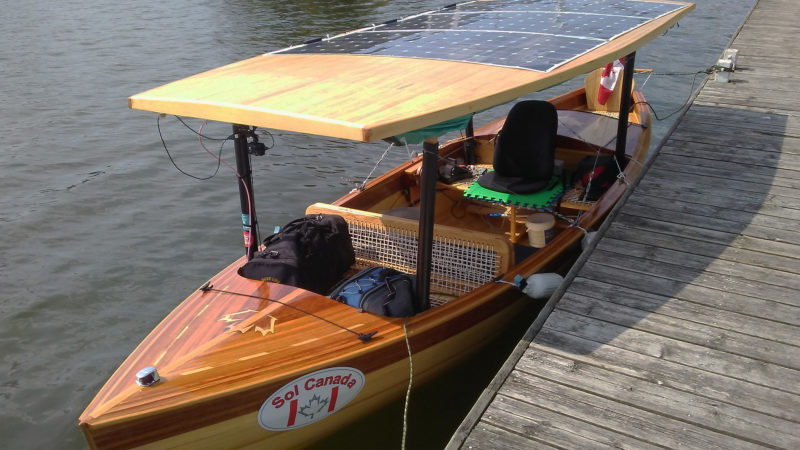 Photographs by the author
Photographs by the author
Join The Conversation
We welcome your comments about this article. To include a photo with your remarks, click Choose File below the Comment box.

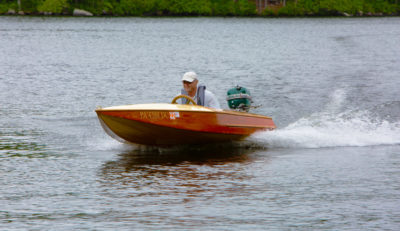
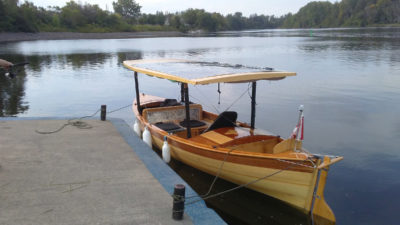
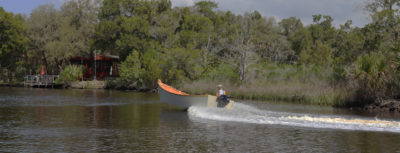
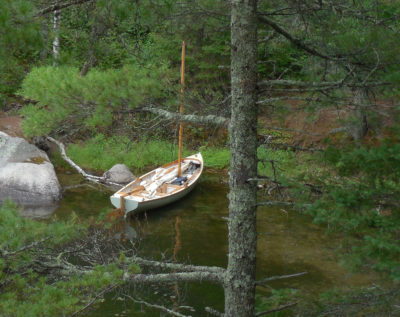

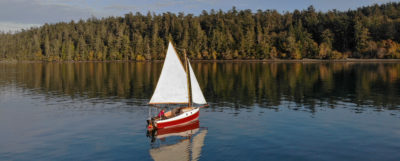

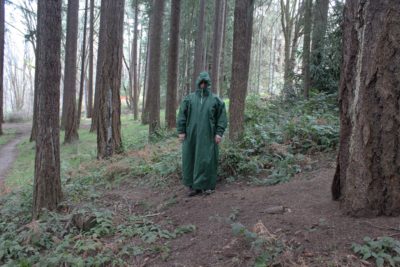


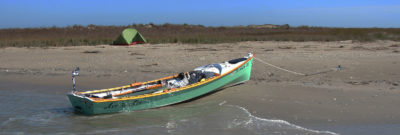
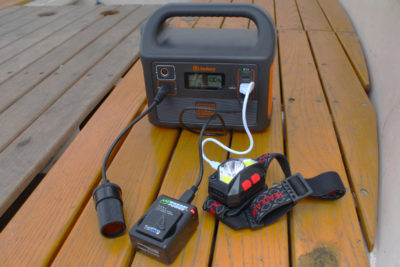

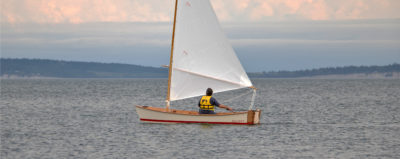
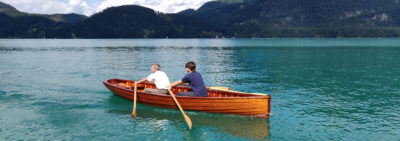
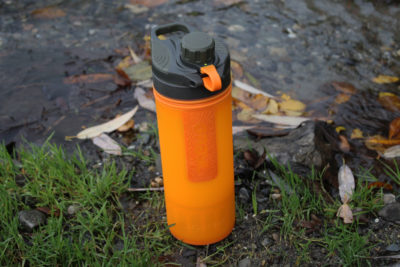
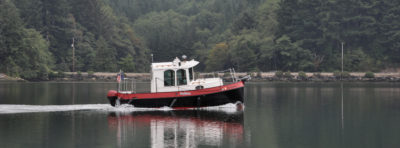
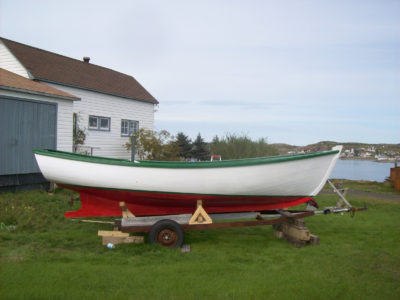
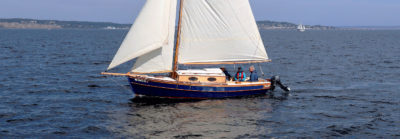


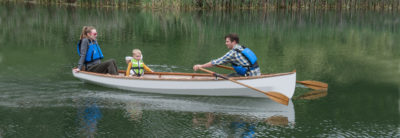
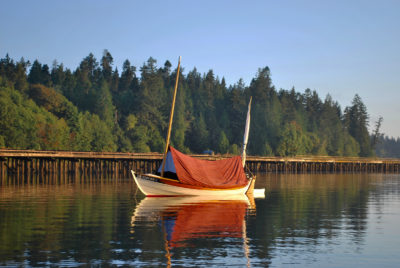

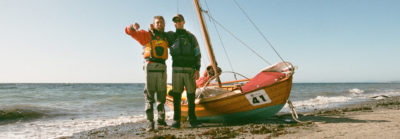
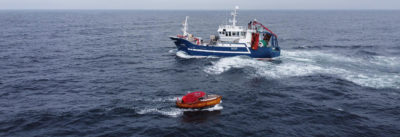
A very inspirational story!! I have been toying with the idea of building a solar-powered boat for years. Thank you so much for sharing this with us all.
Phil,
Thank you for sharing this trip with us. I am a home-bound ex-skipper and thoroughly enjoyed traveling along with you on this journey.
Jim Fischer
Thank you for enjoying the article. I was hoping that readers would get to feel at least some of the excitement of going on an adventure.
Phil Boyer
Phil,
Thank you for this story, what a great trip! Having spent many years in diesel-electric submarines I can fully understand the challenges of managing lead-acid batteries with only the sun available for charging during the day. The pressure of a schedule makes it difficult too. Well done for making the trip and writing this article.
You’re welcome, Sid. I had a fantastic time. I plan on repeating the trip next year in a new catamaran I am building. I can hardly wait.
Thank you for the story and photos of your voyage, Phil. As a Canadian reader, I can’t help but note the close resemblance of your boat’s distinctive hull shape to that of the classic Muskoka disappearing propeller boat, or Dispro. And when you mention that, “Once an hour the motor would stop for no reason,” well, that also echoes the behaviour of the occasionally cranky hundred-year-old gasoline power plants of the cherished original Dispros. Plus ca change …
Congratulations on an innovative boatbuilding project and ambitious test run.
Hi John, sorry for the late reply. The hull design is from the Dippy. I am actually a member of the Dispro Users Association. I grew up in the summers on Lake Muskoka and remember Dippies being on the Lake.
I would rather build it then go alone like you did.
Phil: Thank you for this inspiring article! The Rideau has always been on my list. What time of year did you take this cruise? My folks have done the Rideau several times and I recall them talking of heavy boat traffic and congested locks. You certainly didn’t have that experience. You did mention “brisk mornings” so I’m guessing late Spring? Thanks again!
You may have missed the bit in the first paragraph that mentioned “late August,” so the brisk mornings were signs of autumn’s approach.
Ed.
Thanks for the fascinating account! Can you give us some details on your boat’s configuration? Wattage of your panels, voltage and Amp hours of your battery bank, and what sort of motor was used?
Hi Neil, the boat is 18′ and is a displacement hull. I use a 24-volt 220-amp hour lead-acid battery bank (golf-cart batteries). The motor is a Torqeedo 2.0, which is 5HP. The panels total 860 watts and are flexible so they weigh about 8 lbs each.
With 860 watts you never get to that level as you are never at perfect right angles to the sun plus atmospheric conditions. For calculating the requirement for the day I use 50% which is usually a good average for the day.
Thanks for those details, Phil. Could you also clarify what you mean by 50% in your solar calculations? I’m about to add a Torqeedo 1103 C (3 hp) to my modified 20’ Whitehall for extended camp/fish/cruising in N Canada. I’m also estimating 50% of nameplate Watts but then reducing that further across a flattened Bell curve to account for lower solar intensity in the morning and late afternoon. I’ve used a 3.5-hp gas outboard on the Whitehall, so I’m confident the 1103 C will suffice. I only have space for 310 W of solar, however, so the Wh estimates are important.
Thanks,
Tim
Thank you for including us in your wonderful trip! A few years ago, three other women and I rowed our racing sculls from just above the Kingston Mills Lock to Ottawa. We traveled at about the same speed as you, bypassing Big Rideau Lake. On the first day, a herd of curious cows wandered to the water’s edge, a contrast from the boating traffic near Ottawa. The lock experience was quite an adventure – most lock masters had never seen boats like ours. It took a bit to convince them that it was necessary for us to sit in the middle of each lock with oars in the water to keep from capsizing. Unfortunately the July sun took its toll and we had to stop just south of Ottawa. You’ve inspired me to go back and finish the last few miles!
Hi Karen,
I love the Rideau and especially the peaceful areas from Kingston Mills to Black Rapids. I will be tackling it again in 2021.
Your motor was stopping intermittently until you opened up the hatch. I assume that the motor was overheating and this corrected the problem. Would you recommend adding vents or other means to aid in cooling the motor?
Thoroughly enjoyed your narrative of the journey and the equipment information. Very interested in electric small craft for touring U.S. lakes, rivers. Have used small trolling motors on canoe and kayak, and building a 12′ skiff in Florida that I’ll electrify. Considering lithium batteries next. Did see the Rideau canal in Ottawa during a short holiday there years back. Have a great safe trip in 2021.
Thank you
Wonderful story, Phil. Good luck with your cat build!
Very interesting story. In the late ‘80s I built a pedal-powered launch. I later converted the propulsion to a modified trolling motor. I still have the wooden hull I built to serve as a plug to make a fiberglass hull mold and have rigged it with a 78 sq. ft. lug sail. I sail most days in the summer off Brighton, Ontario.